Helping a Child Learn to Use an AAC Device to Communicate
Having trouble figuring out how to teach an AAC device or system to a child? Susan Berkowitz joined us LIVE on The Speechie Show to share her 5 tips for AAC implementation. Check it out! #speechieshow
Below are the links to the products that were talked about in the Speechie show:
- Susan’s Blog: www.kidzlearnlanguage.blogspot.com
- Susan’s Site: www.SusanBerkowitz.net
If you’d rather listen to the audio version of the Speechie Show, click here:
Or if you prefer to read the transcript, see below:
Welcome to the Speechie Show! Being a speech-language pathologist often means having too much work and not enough planning time. To beat the overwhelm, we’re bringing you the tricks and tools that will make your job a little bit easier.
Carrie: We are here with Susan Berkowitz, and we are talking about AAC. How are you today Susan?
Susan: I am fine. How are you?
Carrie: Doing great! Glad to have you on. Today we are going to be talking about implementation strategies for AAC. So, Susan is going to be sharing with us her favorite 5 tips for AAC and how to get started with that. If you are new to the show, I am Carrie Clark from speechandlanguagekids.com and this is the Speechie Show. Each week I interview a new guest and we talk about on topic and explore it in a little bit of depth and then we do some giveaways. So, today we’re talking AAC with Ms. Susan Berkowitz. Why don’t you take a minute and introduce yourself Susan?
Susan: Ok. I’ve been a speech and language pathologist since 1978, which means almost 40 years.
Carrie: Wow!
Susan: I still can’t quite believe that. And I actually was doing augmentative vocation back then.
Carrie: That’s even more impressive.
Susan: We were teaching kids with autism sign language and we were using bliss symbols for a lot of kids with CP and that was about the extent of AAC back then.
Carrie: Wow. So, are you still doing AAC now?
Susan: I am. I run my own private practice and I do a lot of consulting for school districts and staff training. As well as, independent evaluations and workshops and seminars and things. Still hanging in.
Carrie: Perfect, alright. Well today we are talking about AAC and sharing implementation strategies. So, if you are watching with us live, go ahead and comment in with what AAC platforms or software, or devices, or systems your students are using. We want to see what everybody is up to out there. So, go ahead and type those into the comments and we’re going to share with you today 5 points about implementation for AAC. So, let’s jump right into those. The first thing we want to talk about today is aided stimulation. Susan, talk to us about what aided stimulation is and how that can be used for children for AAC.
Susan: Ok the simplest way to explain aided language stimulation is to think of it as modeling. When we are teaching kids to use picture based communication, we’re giving them a totally different language format than they have ever seen used or heard people. And much like kids, typical kids, learn language by listening to us talk and by imitating us and playing with words. So, kids with augmentative communication need that input to understand what the pictures mean and how to find the ones that they want and how to use them. So, modeling is the biggest key strategy when you are starting to teach kids to use picture based communication. You want to think of it as foreign language immersion. It’s like a foreign language. And if the people around the kids aren’t using the pictures when they talk to them, when they’re explaining, when they’re labeling, when they’re commenting, then he’s got no good way to get ahold of that language and become confident. So, and that strategy was first discussed back in the 1980’s. Carol Goossens published about it in the late 1980’s. But it’s one of those things that people just kind of forgot about for a long time and it’s really back in the forefront for practices, for evidence based practices for AAC.
Carrie: Absolutely, I love using this. I think one of the challenges I guess to this that I often see, especially with like classroom teachers, is that they feel very overwhelmed trying to use the device themselves and they feel uncomfortable doing it. So, do you recommend you have to touch a button for every word you say? Or do you try to ease into it with try to push a button here and there using every word you can?
Susan: Right. You know when I say we want to do language stimulation all the time I get the deer in the headlights look from people. It’s like Oh My God and then immediately they’re overwhelmed and we don’t want that. Because if they are overwhelmed, they are not going to use the system. So, I generally say pick one activity that you are comfortable with that you know the kid will be engaged with and plan out what you are going to say. What core keywords are you going to use during that activity. Figure out where they are on the communication system so that you can use them comfortably. And just get comfortable with that one interaction, that one time or activity. And then when you are comfortable with that, add another one and build it up gradually so that nobody is overwhelmed.
Carrie: Yes!
Susan: I think that’s the fastest way for everybody to lose the…—>click here to read the full transcript.

About the Author: Carrie Clark, MA CCC-SLP
Hi, I’m Carrie! I’m a speech-language pathologist from Columbia, Missouri, USA. I’ve worked with children and teenagers of all ages in schools, preschools, and even my own private practice. I love digging through the research on speech and language topics and breaking it down into step-by-step plans for my followers.
Connect with Me:

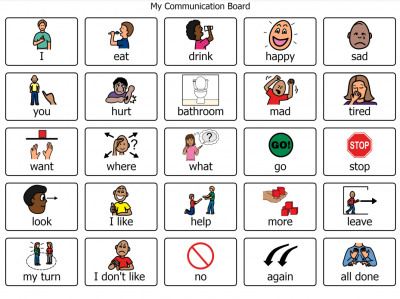
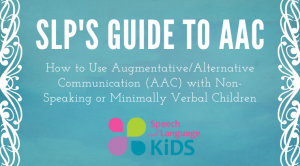
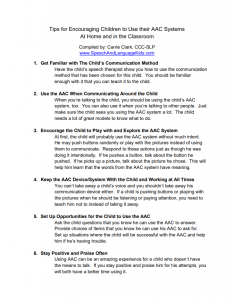
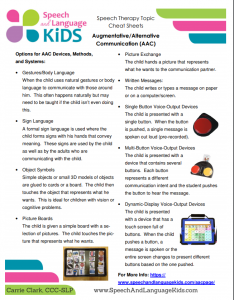
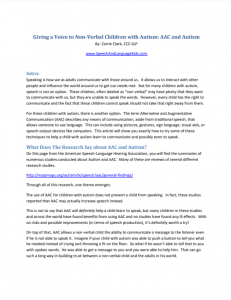





Refusal
Are you still posting these episodes to your podcast? I see you can access it here, but I’m subscribed and haven’t seen these new episodes uploaded on the app.
Hi, Marilyn-
We are no longer uploading these to the podcast. I’m so sorry!
I actually didn’t know about this. Thanks!